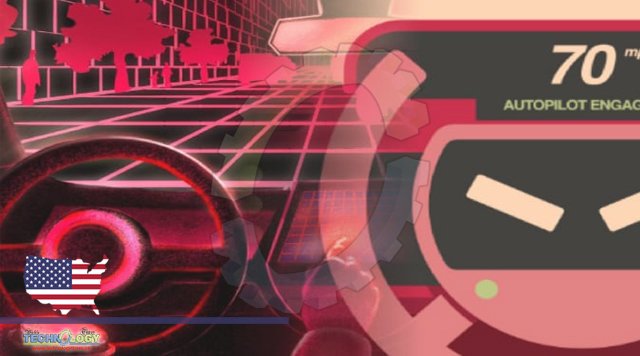With investigations and lawsuits over accidents adding skepticism toward fully Driverless Cars companies are betting on systems that take some, but not all, control.

Imagine heading eastbound on, say, I-95 when you and your pickup encounter red brake lights for miles ahead. Now imagine not touching the brakes or steering wheel and, instead, sitting back and letting the car deal with it. For the next hour of stop-and-go slog, the truck’s system does the driving: anticipating slowdowns, accelerating, braking and steering on its own. Driverless Cars , When traffic eases up, the pickup climbs to a selected 70-mile-per-hour speed and executes automated lane changes. The system checks blind spots and flashes turn signals. But this truck isn’t designed to be an entirely driverless one. The truck’s infrared driver-monitoring camera watches for eye and head position. You can glance at a passenger or consult a navigation screen — but if you look away for more than a few seconds, LEDs illuminate blue on the steering wheel rim, a transparent command to get your eyes back on the road. If you ignore prompts, the rim flashes red, and the system disengages and reverts to hands-on control. As Tesla faces a federal investigation and lawsuits over fatal accidents involving its Autopilot system, shaking public confidence in robotic cars, could a pared-down approach like the one described variously called “partial autonomy” or “driver assistance” systems — be the more realistic future of hands-free driving? This type of system, more like a no-nonsense chaperone than one you would find in a fully robotic car, is a necessary component for top scores from the Insurance Institute for Highway Safety’s forthcoming ratings of partial-autonomous tech; high ratings from the independent nonprofit are prized. And though General Motors is taking the lead with their Super Cruise system, they not alone; Ford, BMW and Mercedes-Benz are making similar attempts.
Super Cruise combines minutely detailed, 3-D laser-scanned roadway maps with cameras, radar and onboard GPS. By the end of this year, the company intends to expand the system’s network to two-way undivided highways for the first time and double its total operational domain to 400,000 miles Driverless Cars , . Doing so would allow hands-free driving on some of North America’s most epic byways, such as the Pacific Coast Highway, Route 66 and the Trans-Canada Highway. None of this means that car companies are abandoning the dream of fully autonomous cars. In addition to Tesla, G.M.’s Cruise division, Alphabet’s Waymo and Argo AI continue to develop and test robotaxis, with human safety operators aboard, in cities including Miami and Austin, Texas. Cruise has begun charging fares for robotaxi rides in modified Chevy Bolt EVs in San Francisco and is mapping Dubai with the hope of starting a robotaxi program there next year. But as fully driverless technology has faltered, so has faith in such technology. Driverless Cars , “The systems work great, right up until they don’t,” said Bryant Walker Smith, an associate professor in the Schools of Law and Engineering at the University of South Carolina, who has advised the federal government on autonomous vehicles. “We don’t have a full sense of the winning combo to cover most of the driving people do.” nIn addition, Cruise temporarily halted and recalled its 80-car fleet for a software fix following a two-car collision that injured two occupants in June. A G.M. public filing noted that law enforcement had cited the human-driven car for being mostly at fault, including for speeding, and that the company’s robotaxis had, before the collision, safely executed nearly 125,000 left-hand turns through gaps in oncoming traffic.
Source: This news is originally published by nytimes